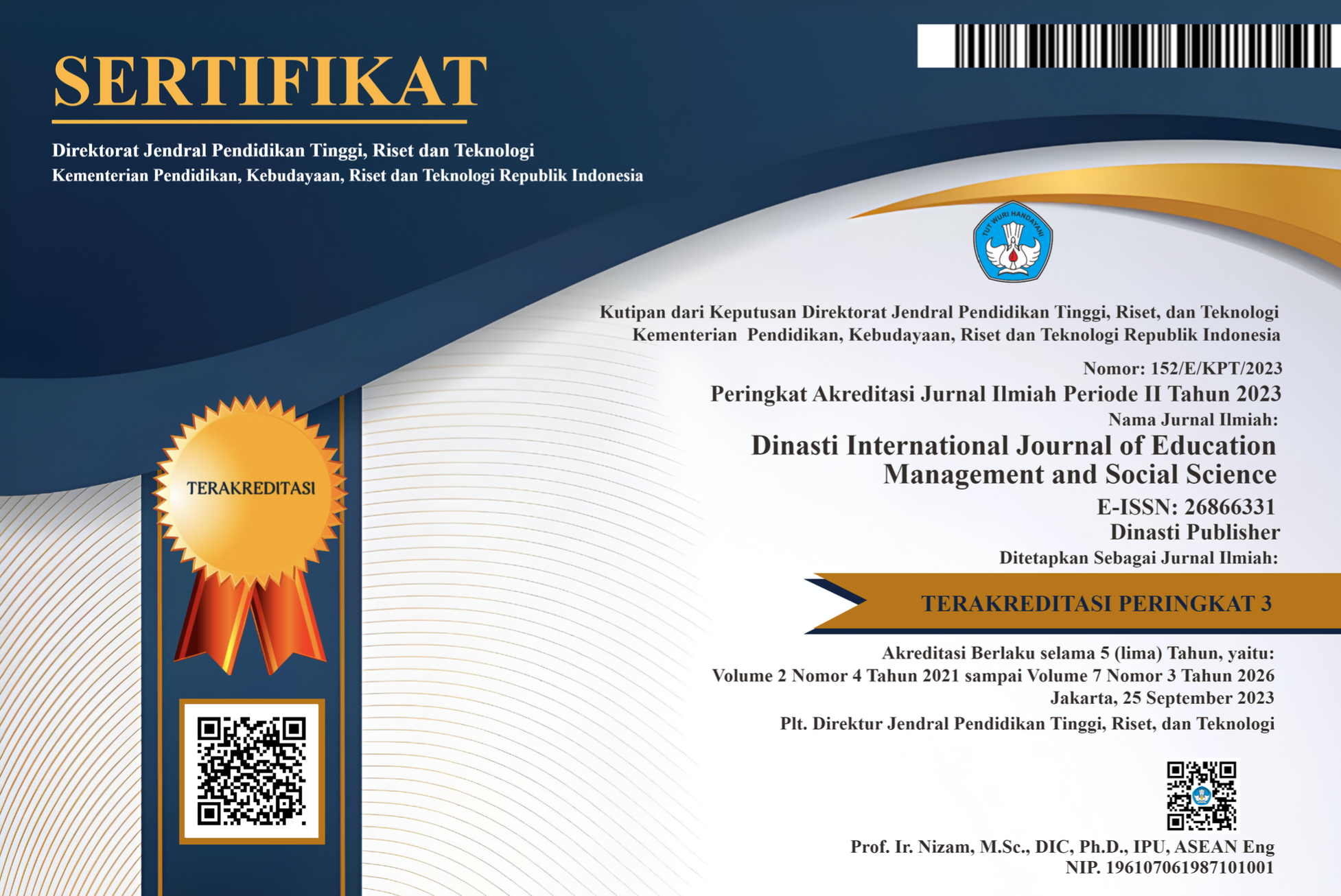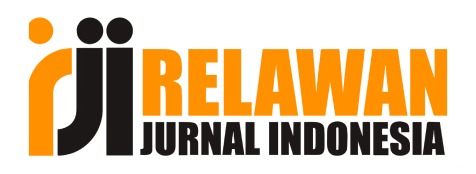The Influence of Work Life Balance on Employee Loyalty in Companies
DOI:
https://doi.org/10.38035/dijemss.v6i4.4569Keywords:
Work-Life Balance, Employee Loyalty, Job Satisfaction, CompanyAbstract
In the contemporary era characterized by globalization and accelerated technological advancement, work-life balance has become an important issue faced by companies in maintaining employee performance and loyalty. An imbalance between the demands of work and personal life can have a negative impact on employee well-being and affect productivity levels and job satisfaction. Therefore, this study aims to examine the effect of work-life balance on employee loyalty, as well as to explore the factors that influence the relationship. This study aims to analyze the extent to which work-life balance policies implemented by companies can increase employee loyalty. This research also aims to identify policies and best practices that can be implemented to create an effective work-life balance. This research employs a quantitative approach with data collection through a survey involving 175 employees from the electricity, energy, and service sectors at PLN Indonesia Power UBP Asam-Asam. The collected data will be analyzed using simple linear regression techniques to test the relationship between work-life balance and employee loyalty. Additionally, descriptive analysis will be used to describe the demographic characteristics of the respondents and the company's work-life balance policies.
References
Adriano, J., & Callaghan, C. W. (2020). Work-life balance, job satisfaction and retention: Turnover intentions of professionals in part-time study. South African Journal of Economic and Management Sciences, 23(1), 1–12. https://doi.org/10.4102/sajems.v23i1.3028
Ahmad Saufi, R., Aidara, S., Che Nawi, N. B., Permarupan, P. Y., Zainol, N. R. B., & Kakar, A. S. (2023). Turnover intention and its antecedents: The mediating role of work–life balance and the moderating role of job opportunity. Frontiers in Psychology, 14(April). https://doi.org/10.3389/fpsyg.2023.1137945
Anwar, G., & Abdullah, N. N. (2021). The impact of Human resource management practice on Organizational performance. International Journal of Engineering, Business and Management, 5(1), 35–47. https://doi.org/10.22161/ijebm.5.1.4
Bambang Suhartaman. (2024). Metodologi Penelitian. Cendikia Mulia Mandiri.
Cachón-Rodríguez, G., Blanco-González, A., Prado-Román, C., & Del-Castillo-Feito, C. (2022). How sustainable human resources management helps in the evaluation and planning of employee loyalty and retention: Can social capital make a difference? Evaluation and Program Planning, 95(September). https://doi.org/10.1016/j.evalprogplan.2022.102171
Dhir, S., Dutta, T., & Ghosh, P. (2020). Linking employee loyalty with job satisfaction using PLS–SEM modelling. Personnel Review, 49(8), 1695–1711. https://doi.org/10.1108/PR-03-2019-0107
Dirani, K. M., Abadi, M., Alizadeh, A., Barhate, B., Garza, R. C., Gunasekara, N., ... & Majzun, Z. (2020). Leadership competencies and the essential role of human resource development in times of crisis: a response to Covid-19 pandemic. Human Resource Development International, 23(4), 380–394.
Edeh, E., Lo, W.-J., & Khojasteh, J. (2023). Review of Partial Least Squares Structural Equation Modeling (PLS-SEM) Using R: A Workbook. In Structural Equation Modeling: A Multidisciplinary Journal (Vol. 30, Issue 1). https://doi.org/10.1080/10705511.2022.2108813
Paudel, R., Kunwar, V., Ahmed, M. F., & A.Yedgarian, V. (2024). Work-Life Equilibrium: Key to Enhancing Employee Job Satisfaction. Educational Administration: Theory and Practice, August. https://doi.org/10.53555/kuey.v30i7.6956
Pham, N. T., Thanh, T. V., Tu?ková, Z., Thi, V., & Thuy, N. (2020). The role of green human resource management in driving hotel’s environmental performance: Interaction and mediation analysis. International Journal of Hospitality Management, 88.
Putu, N., & Yuliana, P. (2023). Career Development Models?: Overview form Work-Life Balance of Balinese Women. 6(June), 151–158.
Rodríguez-Sánchez, J. L., González-Torres, T., Montero-Navarro, A., & Gallego-Losada, R. (2020). Investing time and resources for work–life balance: the effect on talent retention. International Journal of Environmental Research and Public Health, 17(6). https://doi.org/10.3390/ijerph17061920
Sindhuja, K., & Sekar Subramanian, S. (2020). Impact of Work-Life Balance on Employee Retention- A Study on Banking Sector. Shanlax International Journal of Management, 7(3), 78–81. https://doi.org/10.34293/management.v7i3.1629
Tamunomiebi, M. D., & Oyibo, C. (2020). Work-Life Balance and Employee Performance: A Literature Review. European Journal of Business and Management Research, 5(2), 1–10. https://doi.org/10.24018/ejbmr.2020.5.2.196
Downloads
Published
How to Cite
Issue
Section
License
Copyright (c) 2025 Renaldy Andriannoor, Wisnu Panggah Setiyono, Sriyono Sriyono

This work is licensed under a Creative Commons Attribution 4.0 International License.
Authors who publish their manuscripts in this journal agree to the following conditions:
- The copyright on each article belongs to the author(s).
- The author acknowledges that the Dinasti International Journal of Education Management and Social Science (DIJEMSS) has the right to be the first to publish with a Creative Commons Attribution 4.0 International license (Attribution 4.0 International (CC BY 4.0).
- Authors can submit articles separately, arrange for the non-exclusive distribution of manuscripts that have been published in this journal into other versions (e.g., sent to the author's institutional repository, publication into books, etc.), by acknowledging that the manuscript has been published for the first time in the Dinasti International Journal of Education Management and Social Science (DIJEMSS).















































